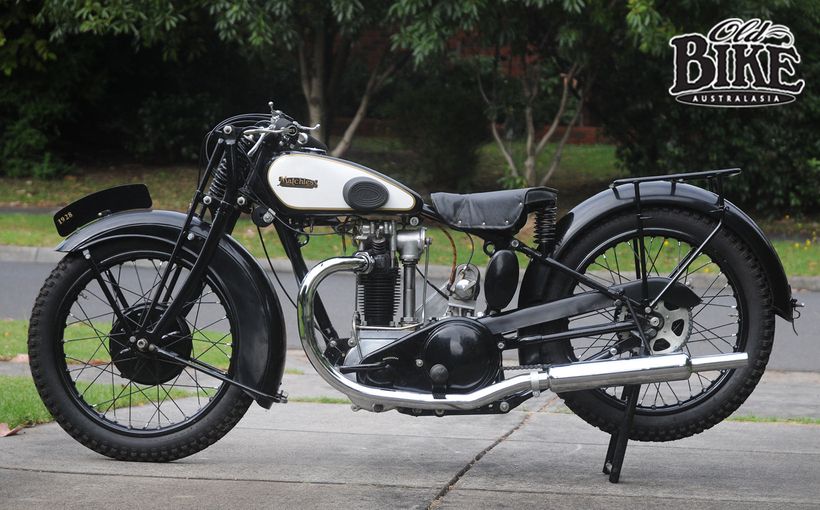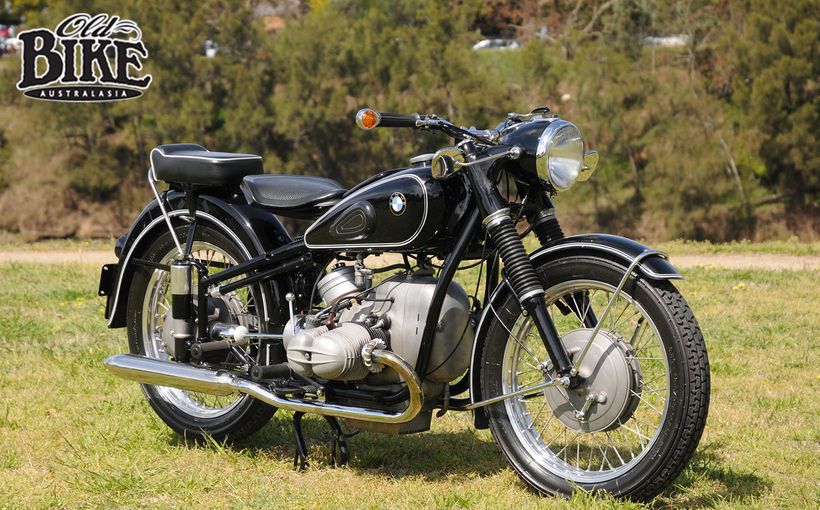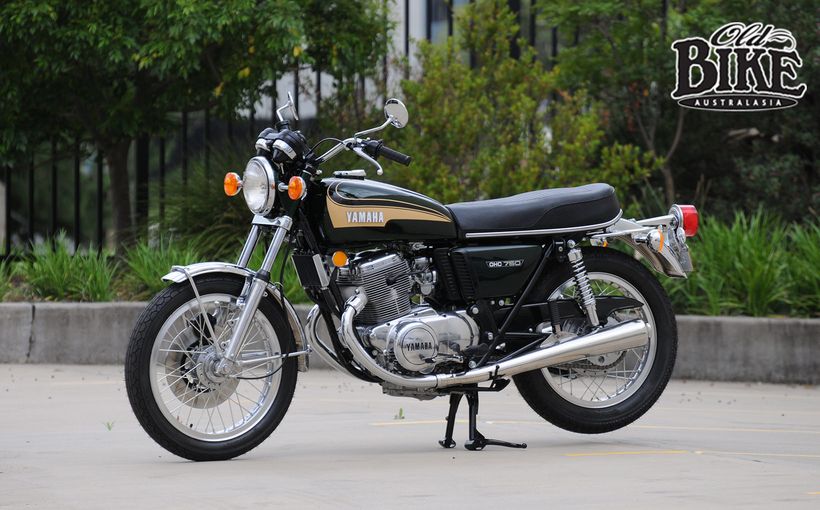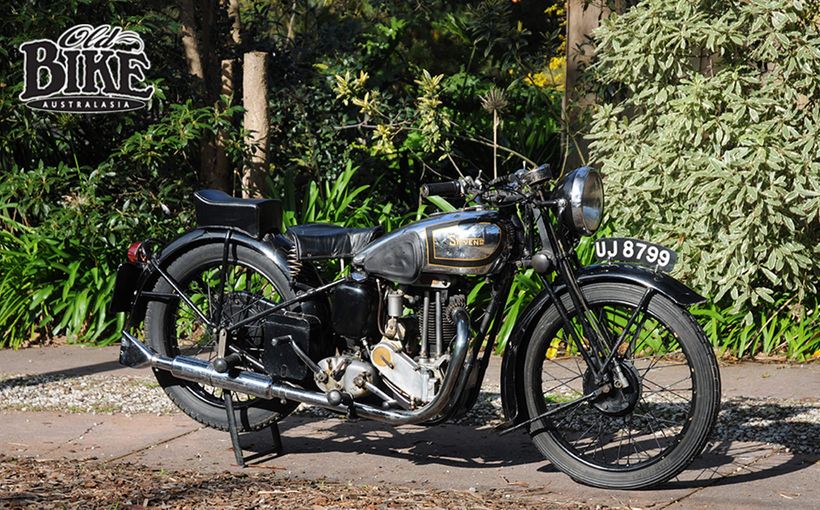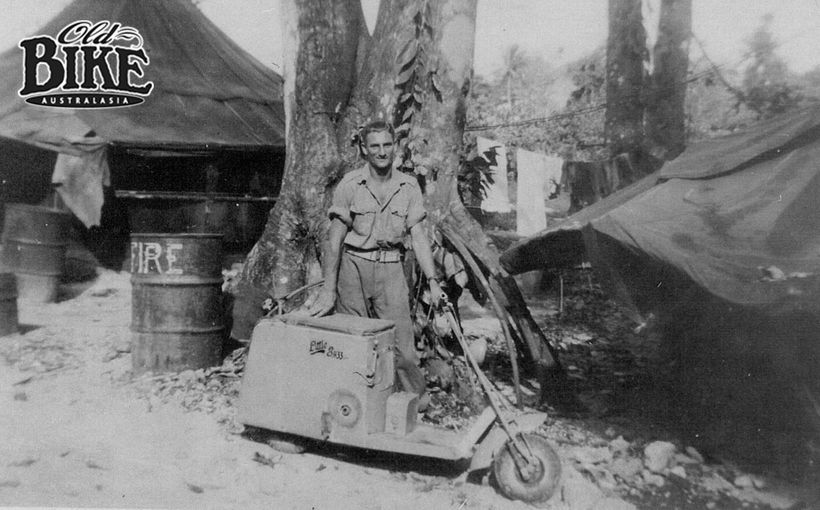Old Bike Australasia: Zenith Gradua - Unfair they cried!

Since the year dot, manufacturers have exploited success in competition, loudly proclaiming their latest victory in the endless race for sales. Yet one company took a reverse approach, crying foul to the extent that until production ceased in 1940, all Zenith motorcycles carried a small insignia showing a vintage motorcycle behind bars, with the word ‘Barred’ emblazoned diagonally across.

Barred Zenith certainly was, for in the formative days of motorcycle sport prior to the first World War, the company’s patented Gradua variable-gear system was perceived to create such an unfair advantage in hillclimbs and sprints that any machine so-equipped was banned from competing against single-gear types. Indeed, the Zenith company, originally based at Finsbury Park, North London, were no strangers to controversy. One of their numerous claims (prior to suffrage) was “Built of finest quality throughout. No female labour employed.”

The Gradua system, invented by Fred Barnes in 1908 and originally known as the Barnes Pulley, opened and closed the sides of the engine shaft driving pulley, altering the radius over which the driving belt ran and so raising or lowering the overall gear ration. Zenith’s version varied the pulley’s diameter by means of a crank handle atop the petrol tank. As the pulley squeezed together, the rear wheel is moved forward via worm gears to maintain the correct belt tension. The system produces infinite variations in gearing from as low as 9:1 to 3.5:1, a decided advantage in the hillclimbs of the day, but one guaranteed to raise considerable rancour amongst the opposition. There were other variable pulley systems in use, but most required the machine to come to a standstill when the gearing was changed, while the Gradua system allowed such changes while the motorcycle was in motion.

The Zenith company began life in 1905 as Britton and Harley, and its first product was a curious gadget called Tooley’s Bicar, which soon became the Zenith Bicar – a hub-centre steered device powered by a Fafnir engine. When Barnes joined Zenith in 1907 he produced the much more conventional Zenette, still using a Fafnir engine but with Druid forks and a triangulated frame with a scissor-action rear springing as an option. By early 1908, the Zenette could be had with the Gradua gear system, for an extra eight guineas. Sporting types were quick to realise the competitive advantage and scores of victories were obtained in the first season.
For the 1909 model , the Zenette frame was dumped and an orthodox chassis produced. The company itself shifted from its tiny factory in London to Weybridge, adjacent to the new Brooklands circuit, where every Gradua-equipped Zenith was tested up the notorious Test Hill. Each bike had to stop and restart on the steepest, 1 in 4 section of the hill before it went on sale. Barnes himself was no mean competitor, chalking up numerous success in hillclimbs, on the track at Brooklands, and in long-distance reliability trials.
But Barnes’ coup de grace came in 1910, when he completely redesigned and produced an entirely new model, but powered by a vee-twin 550cc JAP engine. The Gradua system had been refined with a new crank-handle system that replaced the earlier handwheel (actually a bicycle chainwheel with the teeth turned off), making the Zenith even more competitive in speed events. So competitive in fact, the afore-mentioned ‘ban’ came into force, although it was not officially enforced by the controlling body, but left up to individual promoters as to whether Zenith-Gradua entries would be accepted.
In reality, the Gradua system was heading for obsolescence, as countershaft-style gearboxes took over, but Zenith persevered with the system until 1923, when chain-drive finally banished the belt forever. Zenith had by now relocated again, back to London at Hampden Court, where continued to capitalise on their on-track laurels, notably the first 100 miles per hour motorcycle lap of Brooklands by Bert le Vack in 1924. This was soon hoisted to an amazing 109.9 mph by New Zealand Joe Wright and in 1926, raised further by Oliver Bladwin to 113.45 mph. Two years later, Wright left the figure at 118.86 mph while Wright set a new World Motorcycle Land Speed record of 124.62 mph.
As the Great Depression bit hard, Zenith suffered the fate of many others and closed its doors in 1930 – the same year that Wright took his now-supercharged Zenith to a new World Record of 150.64 mph in Ireland. With backing from a large London motorcycle dealer, the factory reopened and struggled on, shifting to smaller premises and refining the range using single cylinder JAP engines. Fred Barnes died during World War Two and the assets of the Zenith company were acquired by Writers Ltd of Kennington in South London, who used the stock of pre-war components to assemble 750cc JAP-engined vee-twins until the curtain finally came down in 1949.

The 500cc side-valve JAP-powered Zenith single featured here is somewhat of an oddity, having a two-piece brazed frame instead of the three-piece item introduced as standard issue in 1912. Numbered 11/70, this would indicated that it is the 70th example produced in 1911, and in the owner’s words, “an in between model”. Prior to 1912 the top tube was straight, whereas in 1912 it curved under the seat and allowed a lower riding position.
The very early history of this particular model is unknown, but later in its life it was acquired by Reg Challenger, one of the pioneers of speedway in Australia. At some stage, Reg installed a 500cc vee-twin JAP engine taken from an O+H St Kilda, and this necessitated bending out the front down tube the clear the front cylinder.
In 1981 the Zenith was bought by Antony’ Gullick’s father Norm and together with Antony’s brother Graeme, they set about restoring the veteran to its former glory.
Much research was done to establish the correct Zenith colours, but it transpired that although the most usual colour combination was purple and black, the were examples of many other hues, which could apparently be ordered to individual customer specification. The Gullicks found evidence of an unusual white frame with red panels and piping, so this was adopted.
Scarce tinware items such as the mudguards were all there and original, while the tyres have been sourced from China where they are fitted as original equipment to rickshaws and push carts. Most veterans rely on these oriental covers these days.
By the close of 1986 the Zenith was a runner once again, and made its debut in the 1987 Parkes rally, ridden by Antony. It was not an uneventful reappearance; the headstock holding the handlebars snapped clean off while motoring at a fair clip. Fortunately, the intrepid pilot was able to bring the machine to a standstill with the handlebars connected only by the throttle cable. Two years later a potentially much more serious incident occurred when a car overtook Graeme at Bundanoon during a rally in the NSW Southern Highlands, then turned sharp left into the driveway of a house. The ensuing collision resulted in a very bent Zenith but fortunately no real damage to the rider.
After a further rebuild, the Zenith returned to the rally scene, where it has been a regular competitor ever since. “It really flies up hills”, says Graeme. If it can manage a standing start on the Brooklands Test Hill, the old Zenith should be able to handle just about anything the local rallies can throw at it.
Protect your Zenith. Call Shannons Insurance on 13 46 46 to get a quote today.




